Understanding how substance use affects brain chemistry
Unraveling the Neural Impact of Substance Use on Brain Function
Exploring the Complex Interplay Between Drugs and Brain Chemistry
Substance use profoundly influences brain chemistry, altering neural processes and structural integrity, which can lead to addiction, cognitive impairments, and long-lasting neurological changes. Understanding these intricate mechanisms sheds light on how drugs hijack the brain's reward system, disrupt neural circuits, and cause both reversible and permanent damage essential for developing effective prevention and treatment strategies.
The Neurobiology of the Human Brain and Its Susceptibility to Substance Use
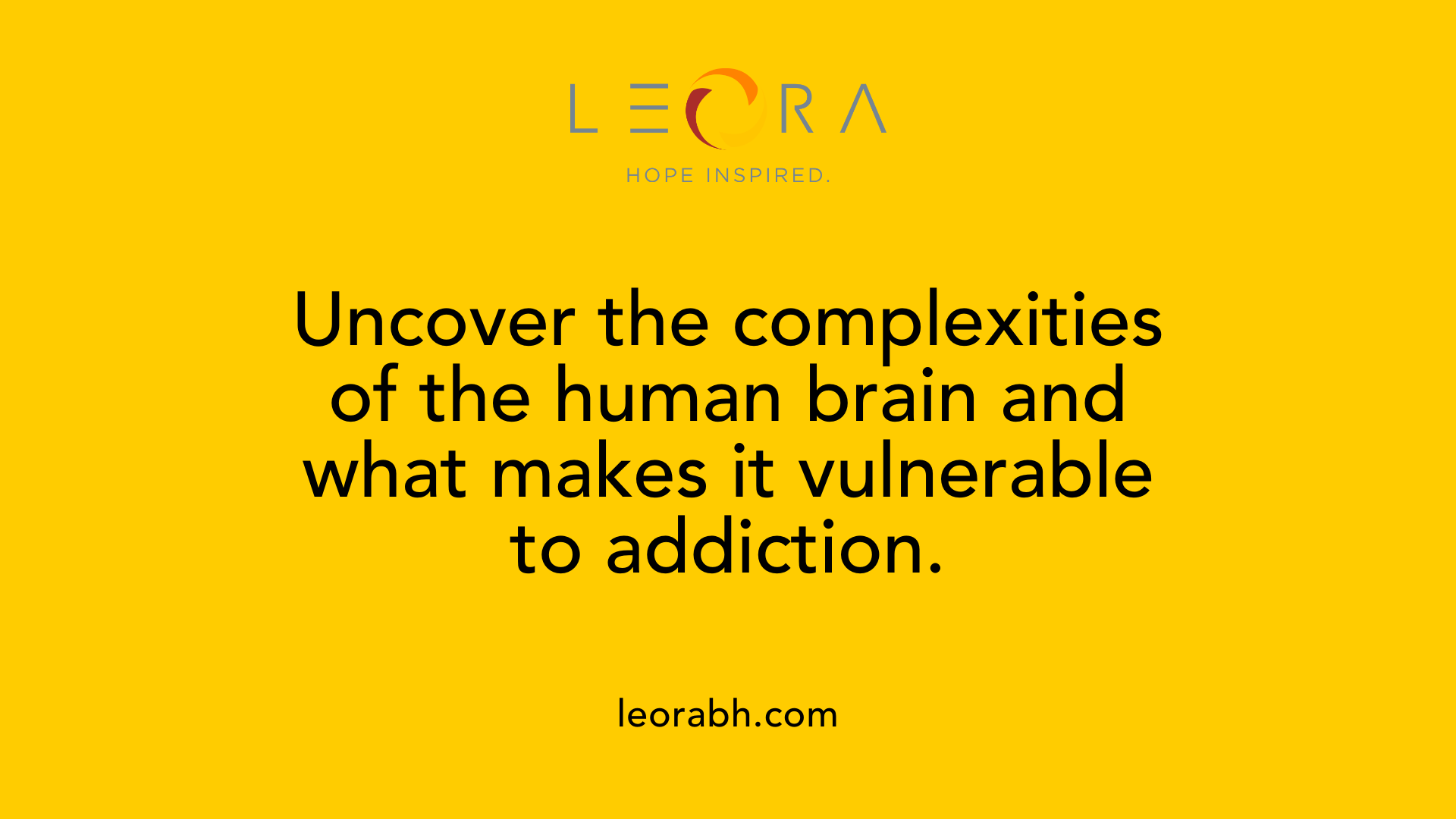
What makes the human brain so complex, and how does it regulate activity?
The human brain stands as the most intricate organ in the body, tasked with coordinating every aspect of our daily lives. It regulates activities such as thought, emotion, sensation, movement, and behavior by processing signals transmitted through a vast network of neurons.
Central to this regulation are specialized areas like the cortex, limbic system, and brain stem. The cortex handles decision-making and reasoning; the limbic system, including structures like the amygdala and hippocampus, manages emotions and memory; and the brain stem controls vital functions like breathing and heart rate.
Neurons communicate via electrical and chemical signals, primarily through neurotransmitters. These chemical messengers transmit signals across synapses, ensuring smooth and coordinated activity. The brain’s ability to adapt through neuroplasticity underpins learning, memory, and recovery from injury.
How do drugs interfere with neurons and neural circuits?
Drugs disrupt normal brain function by meddling with how neurons send, receive, and process messages. They achieve this primarily by mimicking natural neurotransmitters, causing neurons to activate inappropriately. Some drugs trigger excessive release of neurotransmitters like dopamine, serotonin, and norepinephrine, flooding the brain's communication pathways.
This interference leads to abnormal messaging that can hyperstimulate or inhibit neural circuits, especially those involved in reward, decision-making, and stress regulation. Notably affected regions include the basal ganglia, extended amygdala, prefrontal cortex, and sometimes the brain stem.
The basal ganglia, crucial for pleasure and habit formation, become over-activated, leading to euphoria. The extended amygdala, which handles stress and withdrawal symptoms, can drive relapse behaviors. The prefrontal cortex, responsible for impulse control and decision-making, becomes impaired, reducing self-control and increasing compulsive drug seeking.
Drugs cause surges of neurotransmitters like dopamine and endorphins, producing sensations of pleasure far stronger than natural rewards. These surges reinforce drug use by creating powerful associations between the drug and feelings of euphoria.
What are the signs of brain damage resulting from drug use?
The signs of drug-induced brain damage can be subtle or pronounced, often involving cognitive, neurological, and emotional symptoms. Individuals may experience persistent memory lapses, concentration difficulties, and mental fog, which impair daily functioning.
Neurological symptoms such as impaired coordination, slowed reaction times, and balance issues can also occur. Mood disturbances, including irritability and anxiety, may be signs of underlying structural damage.
Neuroimaging studies have documented white matter injuries and ischemic infarctions in the brains of drug users. Structural damage may lead to hallucinations, emotional regulation problems, and poor decision-making skills. Early detection and treatment are vital because some of this damage can be reversible or improve with appropriate intervention.
How do drugs impact the brain and body?
Drugs impact the brain and body by directly altering neural activity and chemical signaling. They interact with neurotransmitters and receptors, leading to significant changes in mood, perception, and behavior. Many substances activate the reward system, especially the dopamine pathway in the nucleus accumbens, by flooding it with dopamine.
This activation results in intense feelings of pleasure and can reinforce continued drug use. However, long-term use leads to neuroadaptations, such as reduced dopamine receptor sensitivity and decreased dopamine production, which diminish the brain’s natural reward responsiveness.
Physically, drugs can cause health complications like cardiovascular issues, neurological disorders, seizures, and structural brain damage. Chronic use may result in mental health conditions like depression, anxiety, and cognitive deficits. The extent of these effects depends on the substance type, dosage, and duration of use.
Overall, the complex interactions between drugs and brain systems underline their potential to cause lasting changes in brain structure and function. Recognizing these effects can help in understanding addiction and developing better treatments for substance use disorders.
Neurotransmitter Disruption and the Brain’s Communication Cascade
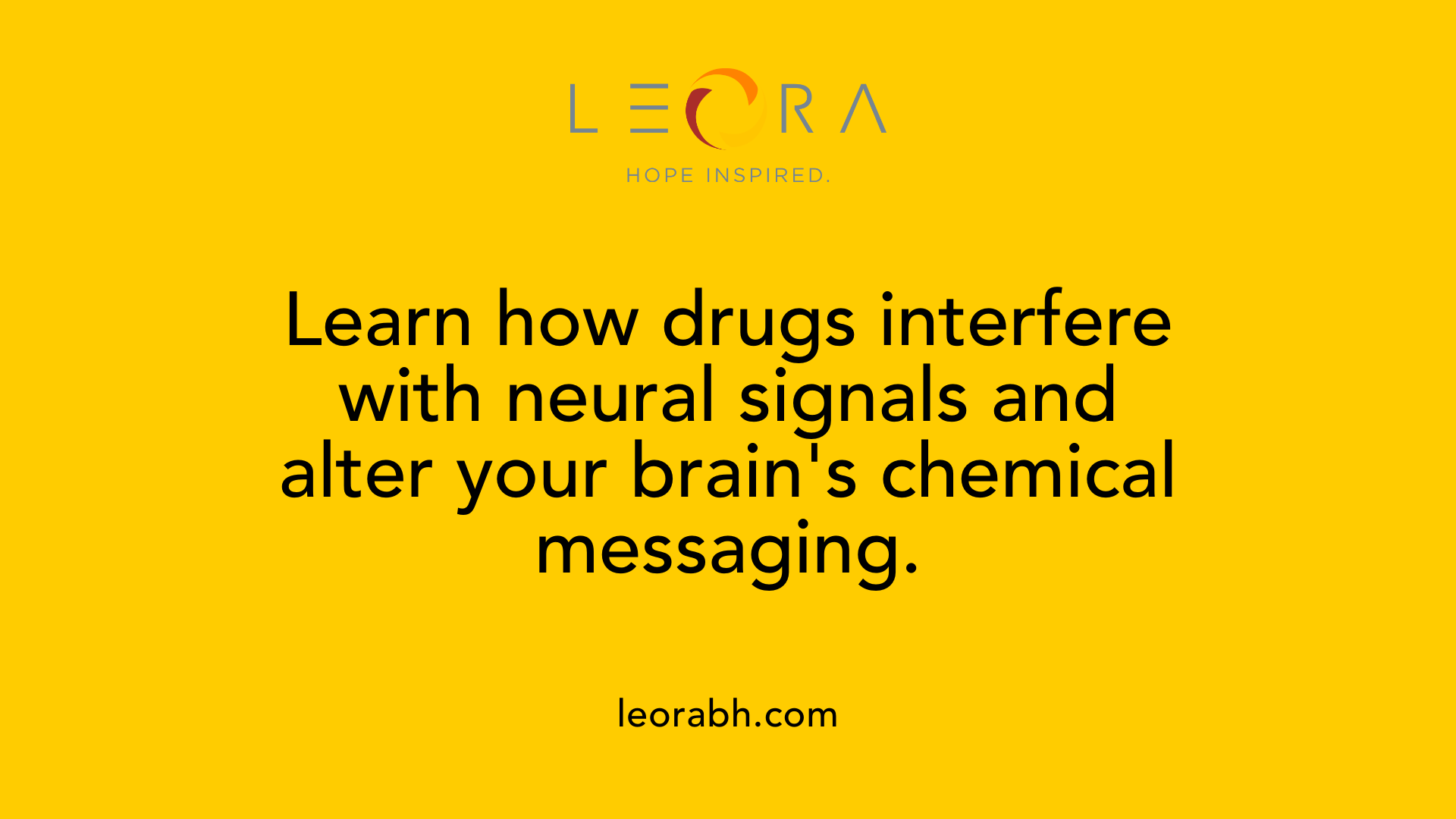
Why is it important to understand how drugs affect the brain?
Understanding how drugs influence the brain's function is essential because they interfere with the normal communication between neurons that control thoughts, feelings, and behavior. Drugs act on the brain's neurotransmitters—chemical messengers that transmit signals across synapses—and can drastically alter how these messages are sent, received, and processed.
This interference affects several vital brain regions responsible for emotion, decision-making, motivation, and impulse control. For instance, drugs targeting the reward circuit, including the nucleus accumbens, can produce intense euphoria, reinforcing continued use. Long-term drug use can induce structural and functional changes in areas such as the prefrontal cortex, amygdala, and even the brainstem, leading to cognitive impairments, mental health disorders, and addiction.
Understanding these effects helps in developing effective prevention and treatment strategies. It also raises awareness about the risks of drug misuse and underscores why addiction is considered a chronic disease, capable of altering the brain's circuitry for months or years after cessation.
How drugs interfere with neurotransmitter signaling
Drugs disrupt normal neuronal communication by mimicking or blocking natural neurotransmitters. Many substances cause neurons to release excessive amounts of neurotransmitters or prevent their reuptake, which leads to an overload of chemical signals.
For example, stimulants such as cocaine and methamphetamine cause a hyper-release of dopamine, the neurotransmitter associated with pleasure and motivation. These surges create intense feelings of euphoria, deeply reinforcing drug use.
Opioids like heroin bind to specific receptors that normally respond to endorphins, leading to large dopamine releases. Conversely, depressants such as alcohol and benzodiazepines enhance GABA activity, the main inhibitory neurotransmitter, resulting in sedation and decreased neural excitability.
Hallucinogens, including LSD and psilocybin, primarily interact with serotonin receptors. This interaction alters perception, mood, and consciousness, contributing to altered states of awareness.
Effects on dopamine, serotonin, GABA, and glutamate pathways
The impact of drugs on these neurotransmitter systems varies, but all contribute to the overall disruption of brain function.
| Neurotransmitter | Effect of Drugs | Resulting Behavior & Effects | Notes |
|---|---|---|---|
| Dopamine | Surges caused by stimulants and opioids | Intense euphoria, reinforced drug seeking, cravings | Overactivation leads to neuroadaptations, tolerance, and reduced natural reward sensitivity |
| Serotonin | Altered by hallucinogens | Changes in perception, mood, and consciousness | Can lead to hallucinations and altered sensory processing |
| GABA | Increased by depressants like alcohol | Sedation, relaxation, impaired judgment | Chronic use may lead to tolerance and brain volume reduction |
| Glutamate | Modulated indirectly by some substances | Disruption in learning and memory processes | Associated with neurotoxicity at high levels |
This complex cascade of effects underscores how drugs manipulate neural pathways to produce their effects, leading to both the immediate sensations of pleasure and long-term changes that foster dependence. Recognizing these interactions is vital for understanding addiction's neurobiological roots and informing effective treatment approaches.
Structural and Functional Changes in the Brain Induced by Substance Use
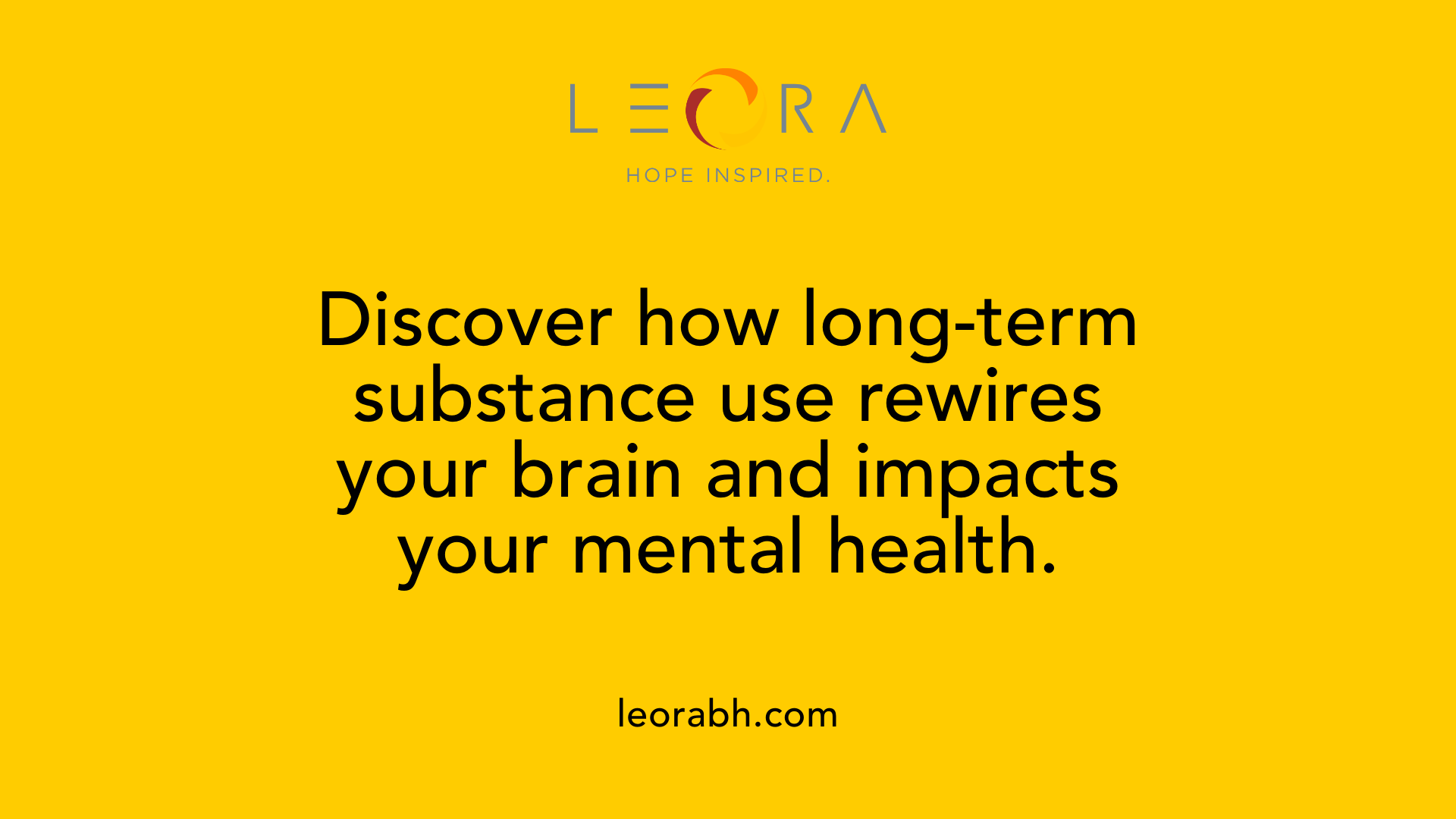
What are the long-term effects of drugs on the brain?
Chronic drug use results in profound and lasting alterations to the brain’s structure and function. These changes include over-activation of the reward circuitry, particularly in areas like the nucleus accumbens, which floods the brain with dopamine, leading to intense feelings of euphoria. Over time, this repeated overstimulation causes a decrease in the number of dopamine receptors and reduces natural dopamine production, impairing the brain’s ability to experience pleasure from everyday activities.
This neuroadaptation diminishes the brain’s sensitivity to natural rewards and results in decreased motivation, anhedonia, and sometimes depression. Structural areas such as the prefrontal cortex—responsible for decision-making and impulse control—suffer damage, impairing judgment and increasing impulsivity. The amygdala, vital for processing emotions and stress regulation, is also affected, which can escalate stress sensitivity and emotional dysregulation.
White matter tracts, which facilitate communication between different brain regions, can deteriorate due to long-term substance abuse. This deterioration hampers cognitive processes such as learning, memory, and planning. Furthermore, damage to specific regions can have a ripple effect, disrupting overall neural network functioning. Persistent changes can last months or years after cessation, making recovery difficult. These brain alterations elevate the risk of relapse, mental health disorders, cognitive deficits, and other neurological conditions. Nonetheless, some effects are reversible with ongoing treatment, abstinence, and supportive interventions.
How do neural connections change with substance abuse?
Repeated use of addictive substances triggers neuroplastic changes—the brain's ability to reorganize and adapt. These neuroadaptations involve strengthening pathways that reinforce drug-seeking behaviors and weakening those involved in decision-making and impulse control.
Specifically, circuits connecting the nucleus accumbens (the core of the brain’s reward system) with the prefrontal cortex become impaired. This weakening diminishes the person’s capacity for rational decision-making and self-control, thereby fostering compulsive drug use.
Simultaneously, pathways involving the extended amygdala, which mediates stress and negative emotional states, become hyperactive, increasing anxiety and stress-related relapse risk. The hippocampus, critical for learning and memory, is also affected, which can alter emotional associations and environmental cues tied to drug use.
This rewiring of neural connections means that cues linked to substance use—such as certain environments, people, or emotions—can trigger intense cravings, even long after stopping drug use. The alterations in white matter integrity further disrupt communication between brain regions responsible for higher cognitive functions, affecting focus, judgment, and emotional regulation.
Crucially, these neural changes are not necessarily permanent. The concept of neuroplasticity indicates that the brain can recover from these alterations over time with sustained abstinence, therapy, and possibly pharmacological support. Recovery involves restoring healthy neural connections, improving cognitive functions, and reducing relapse vulnerability, highlighting the importance of ongoing treatment and support for individuals recovering from addiction.
Reward Pathways and the Development of Addiction
How does addiction develop in the brain?
Addiction begins with substances or behaviors that overstimulate the brain's reward system, especially through the surge of dopamine in regions like the nucleus accumbens. This area is central to experiencing feelings of pleasure and reinforcement. When an individual repeatedly engages with a drug or activity that triggers these dopamine surges, the brain starts to adapt. It reduces its sensitivity by decreasing dopamine receptor availability or lowering dopamine production itself.
This neuroadaptation leads to tolerance, meaning larger amounts of the drug or more extreme activities are needed to produce the same pleasurable effects. As a result, natural rewards like eating, social interactions, or hobbies become less satisfying, broadening the dependence on the addictive stimulus to feel normal.
Moreover, addiction hampers the brain’s decision-making and impulse control functions, primarily managed by the prefrontal cortex. Damage or impairment in this region results in diminished self-control and a higher likelihood of compulsive behavior.
Cravings and conditioned responses develop as well, where environmental cues—such as certain places, people, or emotions—become triggers for relapse. These cues activate neural circuits involving the amygdala and hippocampus, which form emotional memories tied to drug use, further intensifying the urge to seek substances.
Genetic predispositions and social influences also play crucial roles, affecting how vulnerable an individual is to developing addiction. Overall, the process involves complex neurobiological changes that transform voluntary use into compulsive habits, often with lasting effects even after stopping substance use.
What neural mechanisms reinforce addiction?
Addiction is reinforced by the way drugs manipulate the brain’s reward pathways. Most addictive drugs cause an enormous release of dopamine, the neurotransmitter associated with pleasure and motivation, in the nucleus accumbens. This flood of dopamine results in euphoric sensations that strongly reinforce the behavior.
As drug use continues, the brain adapts by decreasing dopamine receptor sensitivity or reducing overall dopamine levels—a phenomenon called neuroadaptation. This diminishes the natural ability to experience pleasure from everyday activities, leading to a state of a flattened reward response.
Cravings are further intensified by conditioned stimuli—external cues associated with past drug use—such as seeing paraphernalia or being in certain environments. These stimuli activate the amygdala and hippocampus, areas involved in emotional memory and associations. When triggered, they cause a rise in dopamine and other neurotransmitters, prompting intense urges to seek the drug.
The prefrontal cortex, which governs rational decision-making and impulse control, becomes less effective over time due to neuroadaptations. This neural imbalance makes it increasingly difficult to resist the temptation of drug-seeking behaviors, maintaining the cycle of addiction and relapse.
Consequently, addiction is not merely a matter of choice but results from deep-seated changes in brain circuitry that enhance the rewarding effects of drugs while impairing the brain’s natural regulation systems. Understanding these mechanisms is essential for developing effective treatment strategies and preventing relapse.
The Role of Neuroplasticity in Addiction and Recovery
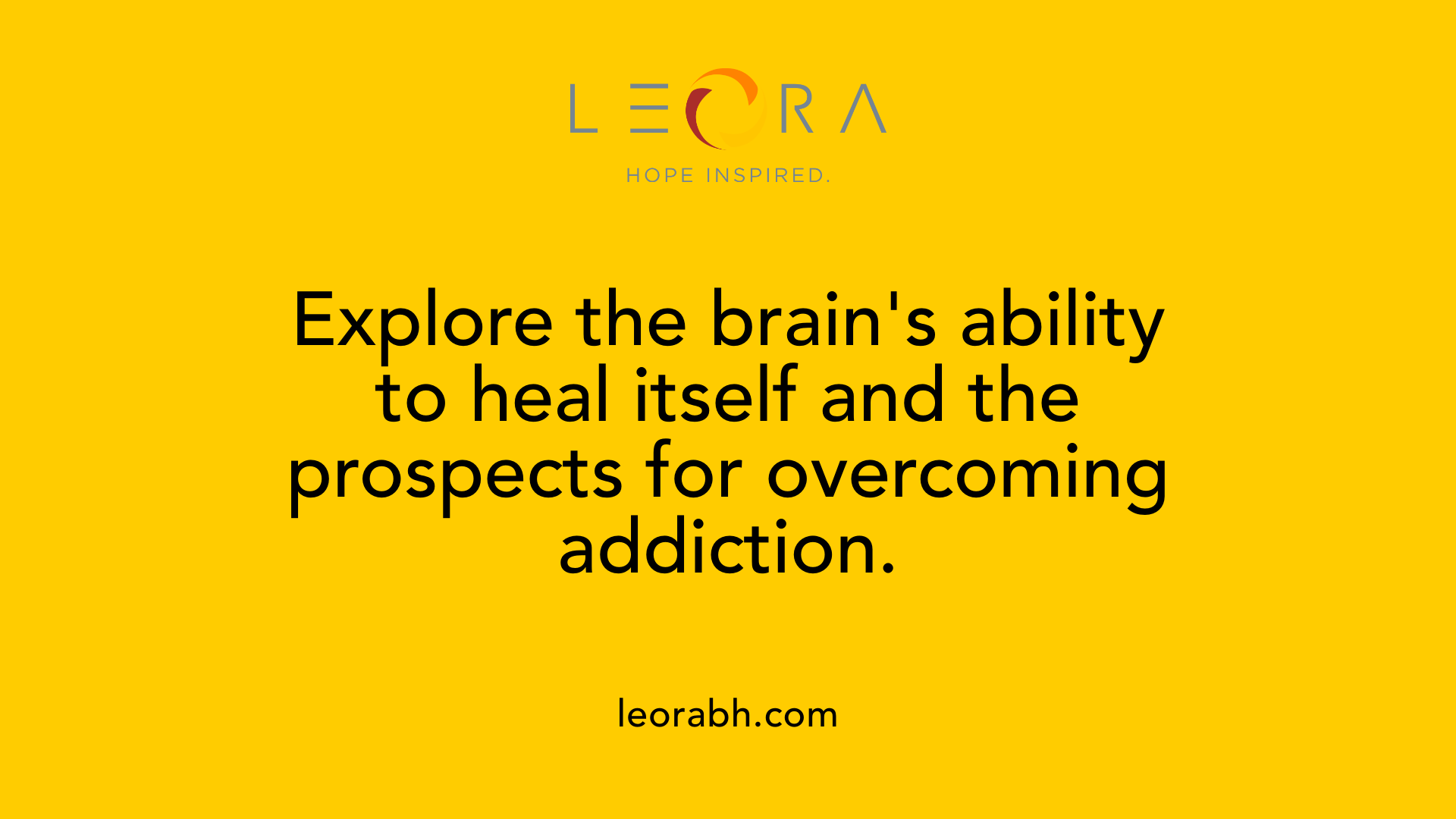
How does addiction alter brain structure and function?
Addiction profoundly impacts the brain by disrupting normal neural communication and rewiring critical circuits involved in pleasure, decision-making, stress response, and memory. Repeated use of addictive substances triggers neuroadaptations such as changes in dopamine signaling pathways, reduction in dopamine receptor sensitivity, and structural alterations in the prefrontal cortex, amygdala, and hippocampus. These modifications impair cognitive control, emotional regulation, and learning abilities.
Neuroimaging studies provide visual evidence of these changes, showing reductions in grey matter volume especially in areas responsible for executive functions like judgment and impulse control. As these neural pathways are altered, individuals develop compulsive drug-seeking behaviors that are resistant to conscious control.
Despite these extensive alterations, the brain's remarkable neuroplasticity offers hope. This plasticity allows neural circuits to undergo rewiring and repair during abstinence and with targeted therapeutic interventions. The brain can gradually restore some of its lost functions, reducing cravings, and improving emotional well-being.
What are the prospects for brain recovery after substance abuse?
The brain possesses a remarkable ability to heal itself over time, thanks to neuroplasticity. Evidence shows that with sustained abstinence from substances, many of the functional and structural deficits caused by drug abuse can be diminished. Neural activity patterns begin to normalize, and neurotransmitter transporter levels can gradually return to baseline.
Recovery involves reestablishing healthy neural connections, which enhances impulse control and decreases cravings. Conventional therapies such as cognitive-behavioral therapy, medication-assisted treatment, physical exercise, and neurofeedback can bolster neuroplasticity, thereby accelerating the healing process.
While some damage—particularly in cases of long-term, severe substance use—may be long-lasting or even permanent, many individuals experience significant improvements in brain function. This underscores the potential for recovery and highlights the importance of ongoing support and treatment.
Understanding the brain's capacity for healing emphasizes that addiction is a treatable condition. Continued research into neuroplasticity and innovative therapies holds promise for improving outcomes for recovering individuals.
| Aspect | Impact | Potential for Recovery | Supporting Interventions |
|---|---|---|---|
| Brain's structural changes | Grey matter volume reduces; neural circuits rewire | Reversible with abstinence | Cognitive-behavioral therapy, neurofeedback |
| Neurotransmitter functions | Dopamine pathways disrupted | Gradually normalize over time | Medication, physical activity |
| Impulse control and decision making | Prefrontal cortex impairment | Rewiring can restore control | Behavioral therapies, brain stimulation |
| Emotional regulation | Amygdala alterations | Improvements possible | Stress management, therapy |
| Long-term neural alterations | Persistent changes in some cases | Partial recovery achievable | Support networks, continuous treatment |
The combination of the brain's inherent plasticity and targeted treatment strategies provides a strong foundation for recovery from addiction. While challenges remain, individual neuroplasticity offers the possibility to regain control and restore health over time.
Interconnection of Brain Areas in Substance Use and Their Role in Addiction
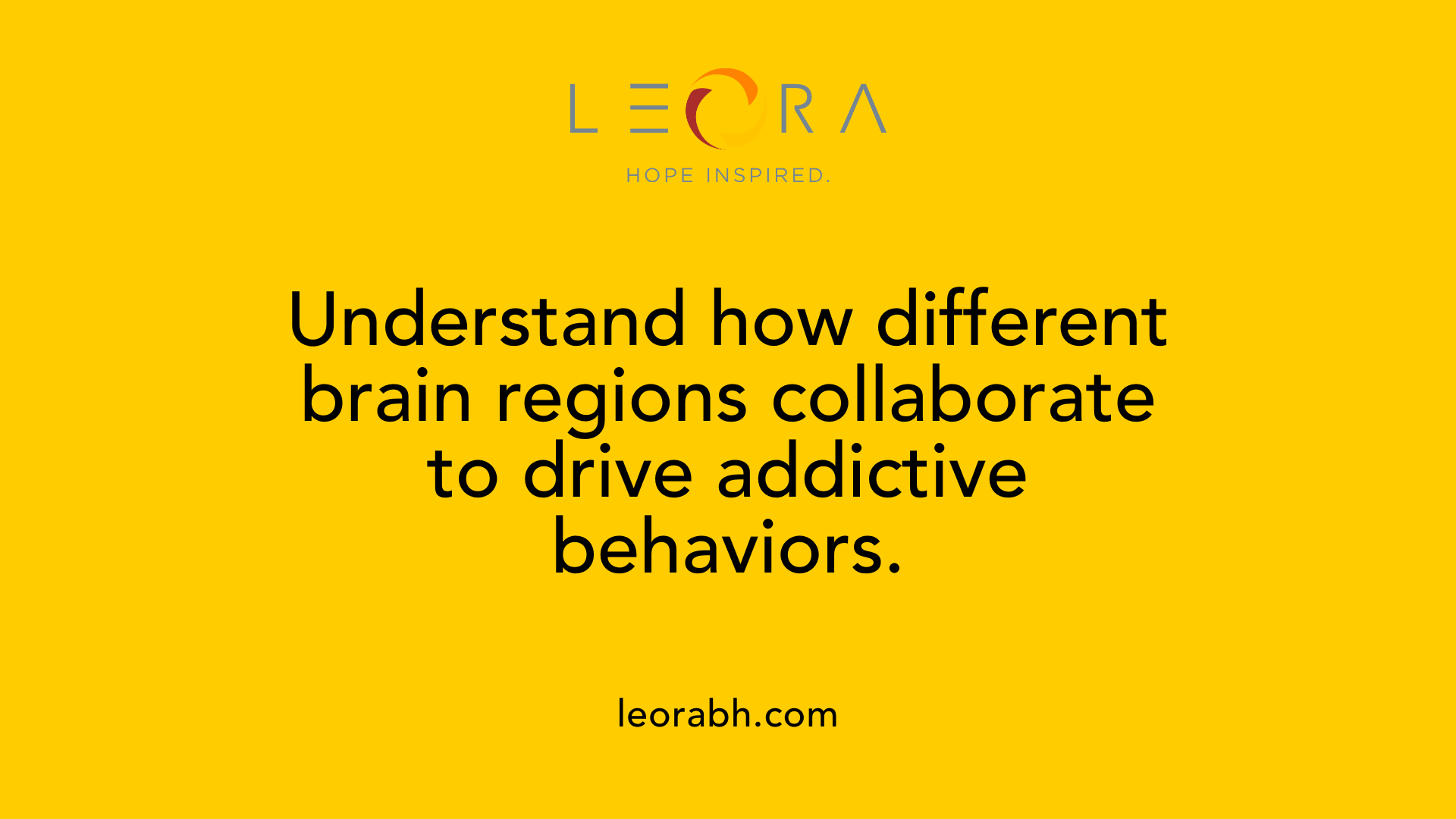
What part of the brain controls addiction?
Addiction involves multiple interconnected brain regions working together to influence behavior, mood, and decision-making. Central to this process is the mesolimbic dopamine pathway, often referred to as the brain's reward circuit. This pathway includes structures such as the nucleus accumbens, which is vital in reinforcing behaviors by releasing dopamine— a neurotransmitter associated with pleasure. When drugs are used, they flood these reward centers with dopamine, creating intense feelings of euphoria and reinforcing the desire to seek the substance again.
The basal ganglia, particularly the nucleus accumbens within them, play a major role in habit formation and the pleasurable effects of drugs. These structures help encode the motivation and reward aspects of substance use. Meanwhile, the extended amygdala is involved in processing stress, anxiety, and the negative feelings that occur during withdrawal. These affective states can motivate relapse as individuals seek relief or comfort.
The prefrontal cortex (PFC), located at the front of the brain, is responsible for higher executive functions including decision-making, impulse control, and judgment. It helps regulate behavior based on long-term goals and social norms. In addiction, the PFC becomes impaired due to neuroadaptive changes caused by repeated drug exposure. This reduction in control abilities makes it difficult for individuals to resist drug cravings and leads to compulsive drug seeking.
Together, these brain regions form a complex network that governs reward, stress, and decision-making. Their dysfunction through neuroplastic changes sustains the cycle of addiction, making it a persistent and relapsing brain disease.
How do neural circuits involved in reward, stress, and control interact in addiction?
The neural circuits responsible for reward, stress, and executive control interact in ways that reinforce addictive behaviors. In a normal brain, the reward system, primarily the mesolimbic dopamine pathway, activates upon pleasurable experiences, motivating repetition of rewarding activities like eating or socializing.
During substance use, this pathway becomes hyperactive. Drugs such as cocaine or heroin cause a surge of dopamine, which strengthens the association between the drug and feelings of pleasure. This intense activation leads to neuroplastic changes, such as a reduction in dopamine receptor sensitivity and number, requiring larger doses for the same effect—tolerance.
Simultaneously, the extended amygdala becomes more active during withdrawal and stress, amplifying negative emotional states. This activation contributes to feelings of anxiety, irritability, and craving, which heighten the risk of relapse, especially in stressful environments.
Meanwhile, the prefrontal cortex’s ability to exert control diminishes due to neuroadaptations. This impairment results in decreased judgment and self-restraint, making it difficult to resist urges and evaluate long-term consequences.
The interplay among these circuits creates a vicious cycle: drug-induced overactivation of reward pathways reinforces substance seeking; heightened stress responses due to amygdala activation promote negative emotions that drive cravings; and weakened control from the prefrontal cortex fails to suppress compulsive use.
This imbalance sustains the addiction cycle, where conditioned cues associated with drug use trigger the reward and stress pathways, reinforcing the craving and seeking behavior. The complexity of these neural interactions underscores the importance of comprehensive treatment approaches targeting multiple brain systems to effectively address addiction.
| Brain Region / Circuit | Function in Addiction | Impact of Drug Use | Relationship with Other Regions |
|---|---|---|---|
| Mesolimbic dopamine pathway | Reinforces drug use by inducing pleasure | Large surges of dopamine, euphoria | Activates the nucleus accumbens; influenced by prefrontal cortex and amygdala |
| Nucleus accumbens (Basal ganglia) | Habit formation, motivation | Strengthened through drug-related dopamine surges; leads to cravings | Receives input from the ventral tegmental area; interacts with prefrontal cortex |
| Extended amygdala | Processing stress, negative emotions | Becomes hyperactive during withdrawal, promoting stress and anxiety | Interacts with stress response systems; influences craving and relapse |
| Prefrontal cortex | Decision-making, impulse control | Impaired due to neuroadaptive changes, reducing self-control | Regulates reward and stress circuits; weakened in addiction |
Understanding these interconnected brain areas and their roles in addiction highlights the neural complexity of substance use disorders. Disruptions in this network sustain the cycle of addiction, making recovery a challenge but also offering multiple targets for treatment and intervention.
Implications for Prevention and Treatment
A comprehensive understanding of how substances manipulate brain chemistry underscores the importance of targeted prevention, early detection, and tailored treatment strategies. Addressing the neurobiological alterations caused by ongoing substance use can facilitate recovery prospects, reduce relapse rates, and improve mental health outcomes. Continued research into brain plasticity and neural circuitry offers promising avenues for developing innovative therapies that restore natural brain function and support long-term sobriety.
References
- Drugs, Brains, and Behavior: The Science of Addiction
- THE NEUROBIOLOGY OF SUBSTANCE USE, MISUSE, AND ... - NCBI
- How Do Drugs and Alcohol Affect the Brain and Central Nervous ...
- How an Addicted Brain Works > News > Yale Medicine
- Drug Use Changes the Brain Over Time - Learn Genetics (Utah)
- The Science Behind Addiction | Substance Use and the Brain
- How Drugs & Other Substances Affect Your Brain Function
- Understanding Addiction: How Addiction Hijacks the Brain
Find Your Inner Light
Related Articles
Schedule an Assessment
Leora Behavioral Health provides comprehensive treatment services, including ambulatory detox, mental health IOP, and SUD IOP, to support your journey toward lasting recovery.
Our caring team will guide you through the admissions process and create a personalized treatment plan tailored to your unique needs. We welcome walk-ins. If you or a loved one is struggling, reach out today. We’re here to help.


.svg)




.svg)
.svg)
.svg)
.svg)
